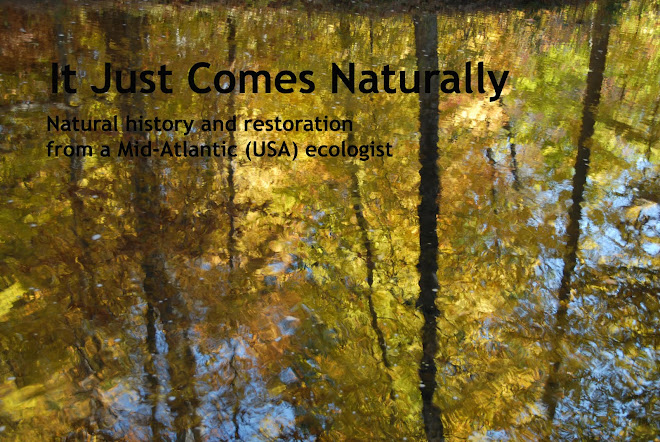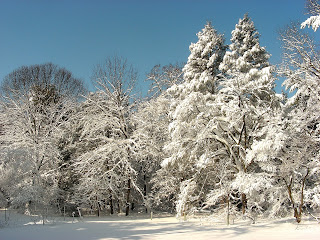In 2003, I visited Austin, Texas, for a conference. On my first night in town, I walked downtown just before dusk and gathered with hundreds of other people at a park below the Congress Street Bridge over the Colorado River and waited. As the light waned and darkness increased, first a few, and then a thousands of Mexican Free-tailed Bats emerged from their diurnal roosts under the bridge to head out into the surrounding farms and ranches to feed. There were so many bats that they looked like dense smoke billowing skyward. I have to admit that I was overcome with emotion at this natural spectacle - tears welled in my eyes and my throat choked up. I'm glad that it was dark so that no one could see macho man reduced to blubbering.
Though it didn't get that far in New Mexico, seeing countless thousands of Snow Geese suddenly explode from the surface of a marsh, wheel around in the air for a minute or so, and then settle back onto the pond nearly invoked the same reaction.
Our third natural history stop in New Mexico was Bosque del Apache National Wildlife Refuge just south of Socorro. One of the main reasons we planned to visit southern New Mexico in January was to stop at Bosque del Apache, where thousands of Sandhill Cranes (Grus canadensis) and Snow Geese (Chen caerulescens) overwinter.
We were not disappointed. We first spotted cranes in three "outlier" ponds as we drove along the access road (NM Rte. 1)to the refuge, and then saw thousands more foraging in the corn fields that are planted for the cranes and the Snow Geese within the the refuge proper.
We spent a full, glorious sunny and warm day at the refuge - our warmest in New Mexico. We tallied about 25 species of birds (plus two handsome coyotes and three mule deer) on our 12-mile drive around the marshes and farm fields in the refuge - far fewer than we had seen on our March visit a few years ago, but a respectable number for the winter according to one of the refuge naturalists. None of the birds we spotted was new for us, but we really came for the astounding numbers of cranes gathered there.
 |
| Bald Eagle on a snag |
 |
| One of three Bald Eagles Eagles we observed. Image captured with the optical zoom of my point-and-shoot Nikon. |
As sundown approached, we positioned ourselves along NM 1 once again for one of the refuge's daily winter highlights: the "fly in." As the sun goes down, cranes and geese fly back to the safety of the refuge's marshes and ponds for the evening from their day's foraging in the surrounding landscape. Hundreds and hundreds of birds approach in squadrons and land in the wetlands. (The reverse half of the spectacle, the "fly out" at dawn, has not been impressive this year according to refuge volunteers because the traditional gathering wetland has been frozen over and, instead of congregating in one gigantic flock that takes off at sunrise a la Austin's bats, the cranes and geese have divided themselves into smaller groups at ponds scattered throughout the refuge where the water remains open.

 |
| A Great Blue Heron for Grizz |








































